What Are Microservices?
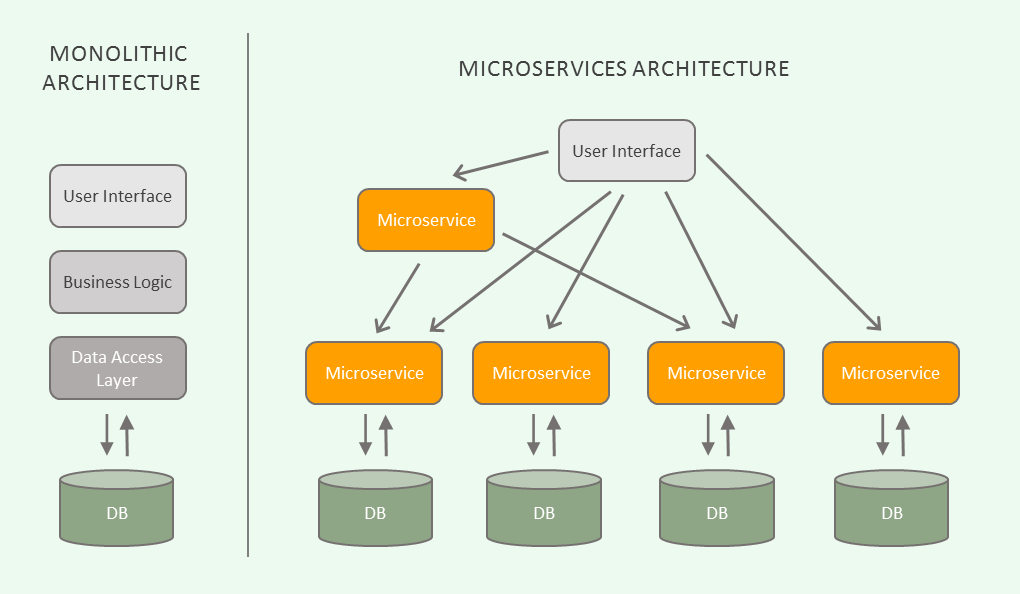
Microservices are an architectural approach where an application is broken into smaller components that are loosely coupled and independently deployable. These independent components are called microservices and typically have the following features:
- They have their own tech stack, libraries, and dependencies.
- Developers can work on them without involving the rest of the system.
- They communicate with one another via REST APIs, event streaming, and message brokers.
The key reason why microservices are used over other architectures is that they make it easier for developers to build and scale apps. That’s how microservices came to be; they originated from the need for easier development when applications were growing bigger in size.
Why do Microservices Matter?
Some of the key reasons why microservices matter to businesses is listed here –
Teams can be extra engaging and responsive to customer necessities
Companies that espouse microservices legacy architecture can be empowered with the capability to expeditiously transfer skills and experience to customers in times of their need and not be constrained with definite release schedules.
There is an increased software team throughput
Microservices developed on the propositions of DevOps and Agile provide succor to software teams to work in synchrony at the same time as iterating on discrete abilities post-haste.
Organizations make systems perform with better reliability and scalability
An effective and gainful microservices architecture is an ongoing entity. It depends thoroughly on repetitive automation, endorses detailed scalability of services and puts patterns to use that is designated to maintain an uninterrupted system functioning even at the occurrence of failures of individual components.
How outsourcing microservices helps to scale tech products
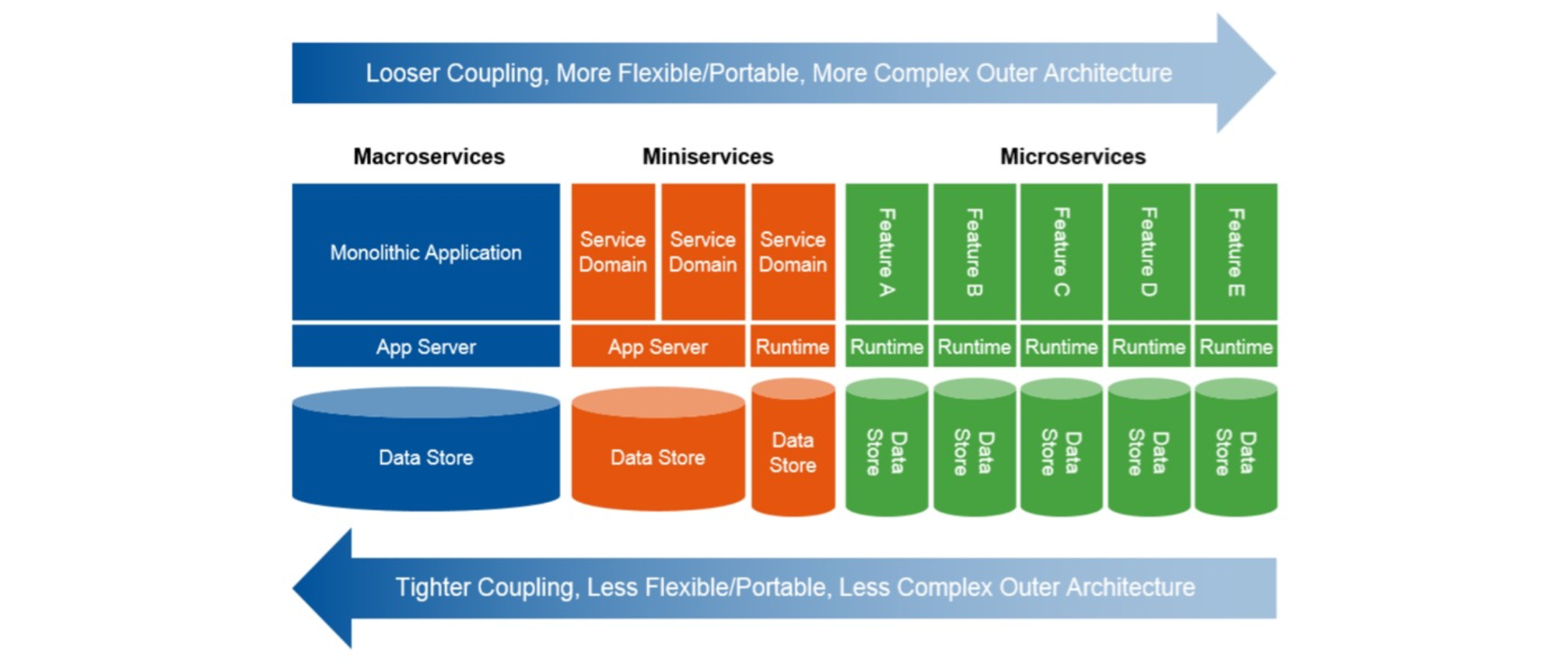
Microservice-based architecture brings a lot to the table when it comes to application scalability. It’s highly versatile and flexible, which makes it perfect for developing products that require quick changes and new functionalities on the fly. It also gives the freedom to develop particular services and deploy them independently from each other and without changing the entire system. This means that different parts of the code can be developed using different technologies. That type of design approach results in a system that is more resilient to failures – if one unit goes down, it doesn’t take the entire system along with it.
Since microservices are highly scalable and extremally fault-tolerant, they naturally increase business agility. They allow an organization to focus more on business needs and product development rather than projects, as they can be thought of as a depiction of business functionalities. This type of approach is crucial when it comes to future-proofing a product. In today’s world, business needs – both technological needs and market demands – can change drastically very quickly. It is important to invest in an architecture that can meet these demands. Microservices are a viable solution that allow businesses to easily reshape parts of a system as needed.
Scaling up an existing system, especially moving it to V2, may be a challenge. Choosing the right architecture for the job is of key importance. For many companies, microservices check all the right boxes when it comes to system scaling. This should not be a surprise, since they allow for easy and rapid scalability thanks to unit-based autonomy and make development fast and hassle-free thanks to technology independence.
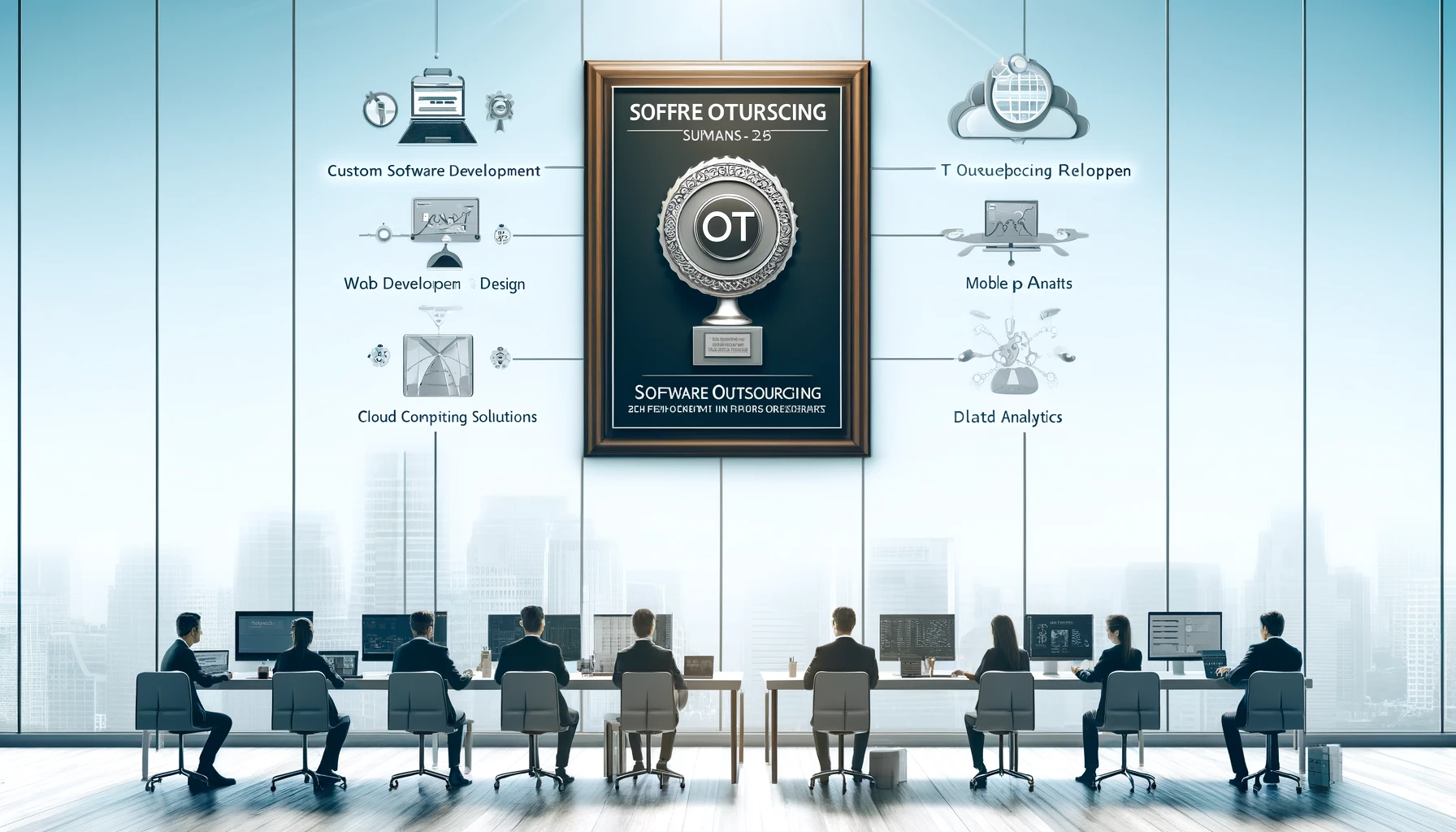
We are delighted to announce that Slitigenz has been recognized as the top IT outsourcing firm by the esteemed SoftwareOutsourcing…

2022 sparked the AI revolution, 2023 saw it infiltrate the business world, and now, in 2024, we’re at the brink…
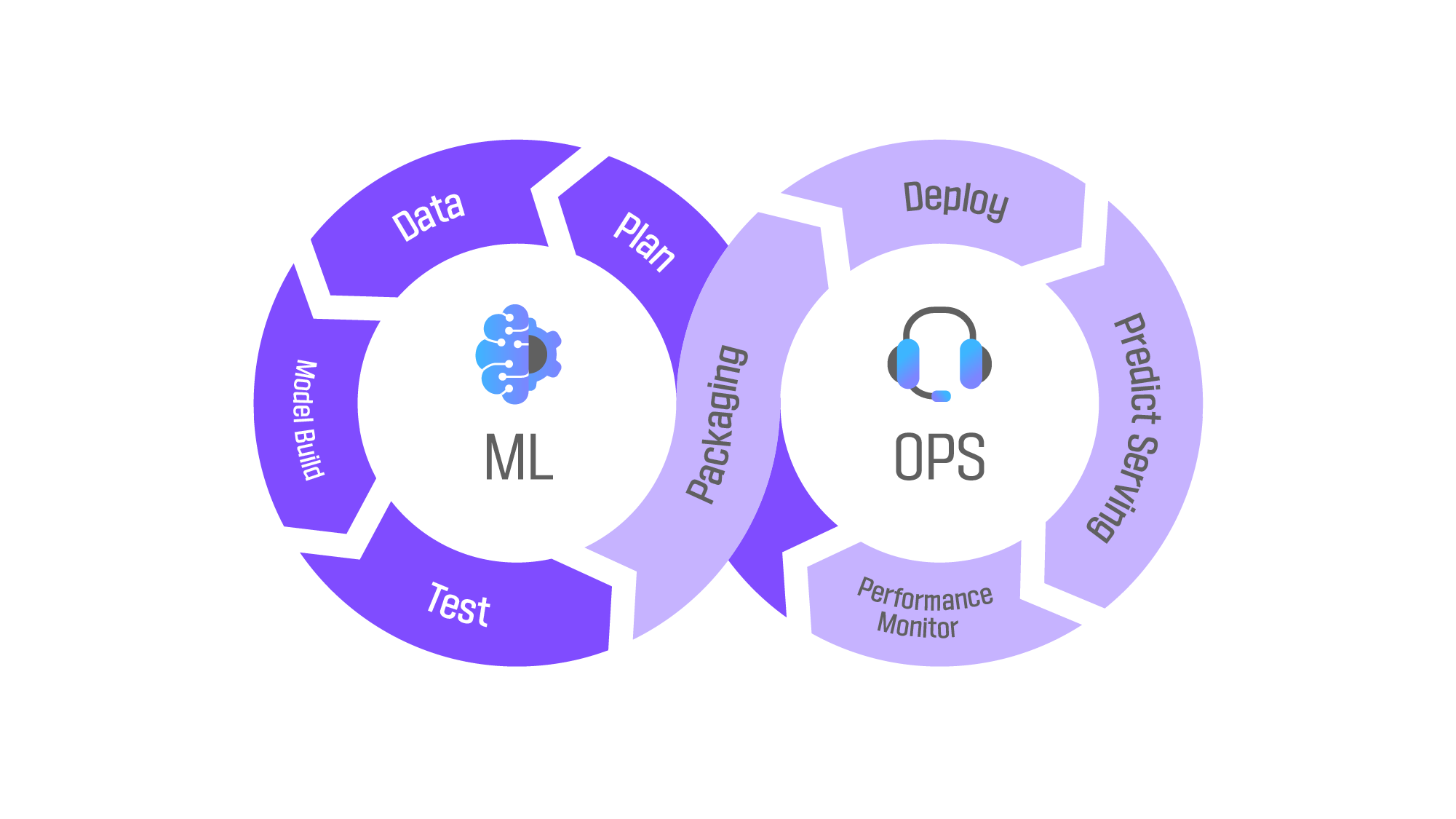
Hey there! Ever wondered what the buzz around MLOps is all about? Let’s break it down! MLOps, short for Machine…

Whisper represents a cutting-edge neural network model meticulously crafted by OpenAI, designed to adeptly tackle the complexities of speech-to-text conversions.…

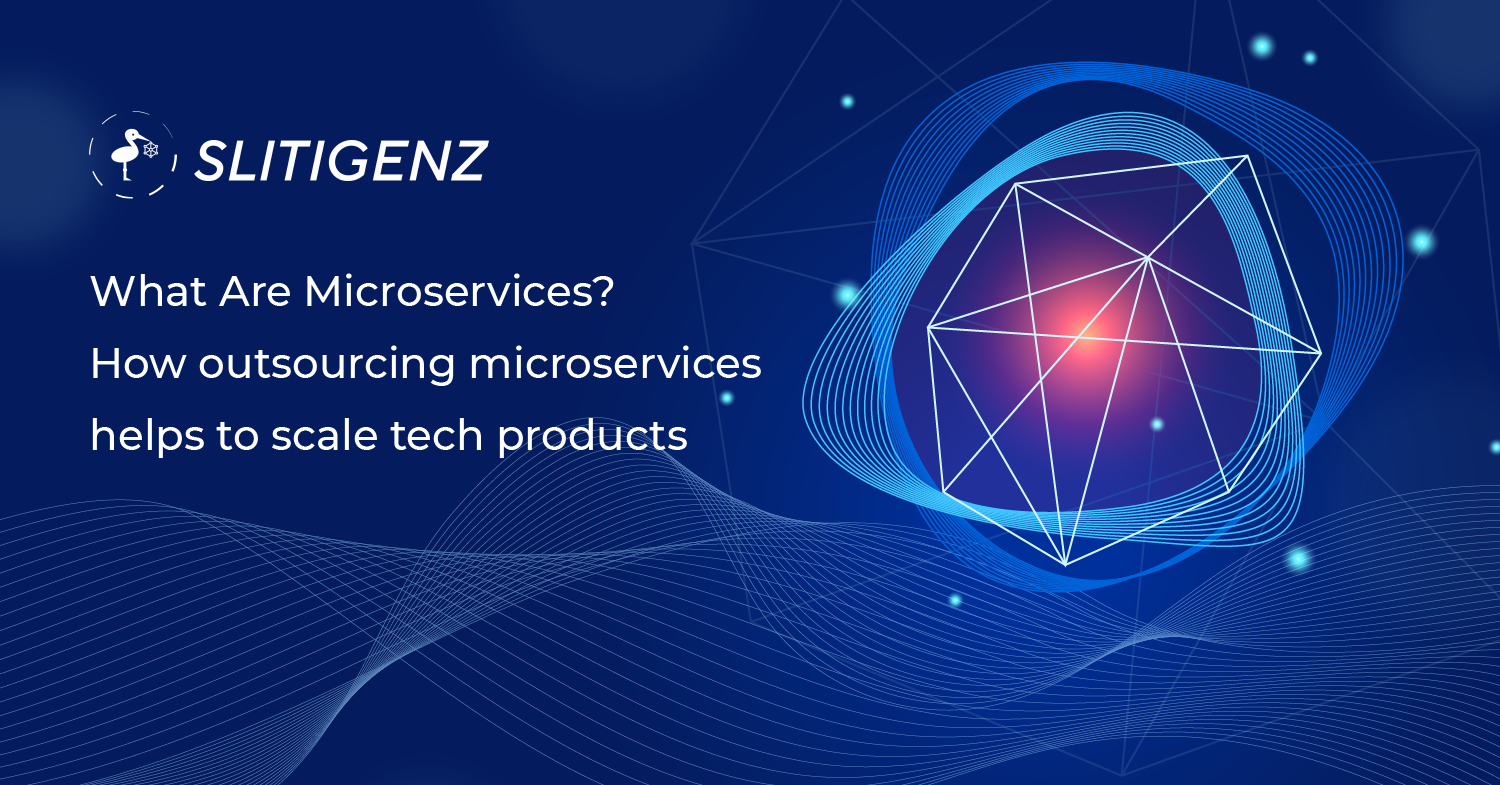
17 Comments
Your comment is awaiting moderation.
Can you be more specific about the content of your article? After reading it, I still have some doubts. Hope you can help me.
Your comment is awaiting moderation.
п»їpaxlovid: paxlovid pharmacy – paxlovid generic
Your comment is awaiting moderation.
doxycycline price singapore: buy doxycycline online uk – doxycycline 10mg
Your comment is awaiting moderation.
https://clomiddelivery.pro/# how to get cheap clomid without insurance
Your comment is awaiting moderation.
https://ciprodelivery.pro/# cipro
doxycycline 40 mg cost doxycycline 10mg price doxycycline cheap
Your comment is awaiting moderation.
paxlovid pharmacy: paxlovid price – paxlovid for sale
http://clomiddelivery.pro/# how to get generic clomid without a prescription
Your comment is awaiting moderation.
https://clomiddelivery.pro/# how to get clomid without insurance
Your comment is awaiting moderation.
Pretty! This has been an incredibly wonderful article. Thanks for supplying these details.
Your comment is awaiting moderation.
generic for amoxicillin: can we buy amoxcillin 500mg on ebay without prescription – buy amoxicillin online with paypal
Your comment is awaiting moderation.
https://doxycyclinedelivery.pro/# doxycycline hyclate
п»їpaxlovid paxlovid buy paxlovid covid
Your comment is awaiting moderation.
cheapest doxycycline tablets: where can i buy doxycycline no prescription – doxycycline 500 mg capsules
https://amoxildelivery.pro/# order amoxicillin online
Your comment is awaiting moderation.
http://clomiddelivery.pro/# can i purchase cheap clomid without rx
Your comment is awaiting moderation.
https://paxloviddelivery.pro/# buy paxlovid online
cost cheap clomid without prescription where to buy clomid no prescription how to get generic clomid pill
Your comment is awaiting moderation.
cipro online no prescription in the usa: buy cipro online without prescription – ciprofloxacin mail online
Your comment is awaiting moderation.
amoxicillin 875 125 mg tab: amoxicillin 500mg no prescription – canadian pharmacy amoxicillin
https://paxloviddelivery.pro/# Paxlovid buy online
Your comment is awaiting moderation.
http://ciprodelivery.pro/# cipro online no prescription in the usa
Your comment is awaiting moderation.
buy cipro online: ciprofloxacin over the counter – ciprofloxacin generic price
https://ciprodelivery.pro/# ciprofloxacin generic price
buy cipro online ciprofloxacin order online buy ciprofloxacin
Your comment is awaiting moderation.
http://paxloviddelivery.pro/# paxlovid cost without insurance
can i buy amoxicillin over the counter where can i get amoxicillin 500 mg order amoxicillin 500mg
Your comment is awaiting moderation.
http://amoxildelivery.pro/# buy amoxicillin online without prescription
Your comment is awaiting moderation.
buy cipro online without prescription: purchase cipro – ciprofloxacin 500mg buy online
http://amoxildelivery.pro/# amoxicillin 200 mg tablet
Your comment is awaiting moderation.
cost cheap clomid: get generic clomid price – where to get cheap clomid for sale
Your comment is awaiting moderation.
can i order cheap clomid without a prescription: where can i get clomid without rx – can you buy clomid
https://ciprodelivery.pro/# ciprofloxacin 500 mg tablet price
ciprofloxacin mail online buy ciprofloxacin cipro ciprofloxacin
Your comment is awaiting moderation.
http://amoxildelivery.pro/# amoxicillin without prescription
where can i buy cipro online where can i buy cipro online ciprofloxacin generic
Your comment is awaiting moderation.
http://ciprodelivery.pro/# buy cipro online without prescription
Your comment is awaiting moderation.
where can i get generic clomid without insurance: can i get cheap clomid online – can i buy clomid prices
https://clomiddelivery.pro/# get cheap clomid without rx
Your comment is awaiting moderation.
Aw, this was an incredibly good post. Spending some time and actual effort to make a great article… but what can I say… I procrastinate a whole lot and don’t seem to get nearly anything done.
Your comment is awaiting moderation.
Right here is the right site for anybody who hopes to find out about this topic. You know a whole lot its almost hard to argue with you (not that I really would want to…HaHa). You definitely put a new spin on a subject which has been discussed for ages. Excellent stuff, just excellent.
Your comment is awaiting moderation.
Paxlovid over the counter: paxlovid price – paxlovid price
http://doxycyclinedelivery.pro/# doxycycline rx coupon
cipro for sale cipro buy cipro online
Your comment is awaiting moderation.
Hello! I just want to offer you a huge thumbs up for the excellent information you have got right here on this post. I will be returning to your site for more soon.
Your comment is awaiting moderation.
Hey there! I just want to offer you a huge thumbs up for your excellent information you have right here on this post. I will be returning to your blog for more soon.
Your comment is awaiting moderation.
Greetings! Very helpful advice in this particular article! It’s the little changes that produce the most important changes. Thanks for sharing!
Your comment is awaiting moderation.
An outstanding share! I’ve just forwarded this onto a co-worker who had been doing a little homework on this. And he in fact bought me lunch due to the fact that I stumbled upon it for him… lol. So let me reword this…. Thank YOU for the meal!! But yeah, thanx for spending the time to talk about this subject here on your site.
Your comment is awaiting moderation.
Way cool! Some very valid points! I appreciate you penning this article plus the rest of the site is also really good.
Your comment is awaiting moderation.
http://doxycyclinedelivery.pro/# doxycycline 100 mg cost generic
Your comment is awaiting moderation.
paxlovid generic: paxlovid buy – paxlovid cost without insurance
Your comment is awaiting moderation.
http://doxycyclinedelivery.pro/# generic doxycycline
ciprofloxacin order online antibiotics cipro buy cipro cheap
Your comment is awaiting moderation.
Howdy! I just want to offer you a big thumbs up for your great info you’ve got right here on this post. I will be returning to your web site for more soon.
Your comment is awaiting moderation.
order amoxicillin online no prescription: amoxicillin 500mg price – where to buy amoxicillin 500mg
https://amoxildelivery.pro/# amoxicillin 500mg buy online uk
Your comment is awaiting moderation.
http://ciprodelivery.pro/# buy cipro online without prescription
Your comment is awaiting moderation.
paxlovid for sale: Paxlovid buy online – paxlovid pill
https://doxycyclinedelivery.pro/# where can i buy doxycycline no prescription
doxycycline over the counter nz how to order doxycycline can you buy doxycycline over the counter australia
Your comment is awaiting moderation.
http://clomiddelivery.pro/# where to get cheap clomid for sale
ciprofloxacin generic price ciprofloxacin generic ciprofloxacin order online
Your comment is awaiting moderation.
This is a topic that is close to my heart… Thank you! Where can I find the contact details for questions?
Your comment is awaiting moderation.
doxycycline 200mg tablet: doxycycline order uk – doxycline
http://ciprodelivery.pro/# buy cipro online without prescription
Your comment is awaiting moderation.
https://amoxildelivery.pro/# amoxicillin order online no prescription
Your comment is awaiting moderation.
medication doxycycline 100mg: doxycycline hyclate 100 mg capsules – buy doxycycline from canada
https://paxloviddelivery.pro/# paxlovid buy
buy amoxicillin online uk amoxicillin capsule 500mg price buy amoxicillin
Your comment is awaiting moderation.
https://paxloviddelivery.pro/# paxlovid india
amoxicillin 500 capsule buy cheap amoxicillin online buy amoxil
Your comment is awaiting moderation.
canadian discount pharmacy: best mail order pharmacy canada – canadian pharmacy checker
Your comment is awaiting moderation.
india pharmacy: best india pharmacy – п»їlegitimate online pharmacies india
Your comment is awaiting moderation.
medication from mexico pharmacy: mexican online pharmacies prescription drugs – mexico pharmacies prescription drugs
https://foruspharma.com/# mexico pharmacies prescription drugs
mexican drugstore online mexico drug stores pharmacies mexico drug stores pharmacies
Your comment is awaiting moderation.
https://indiapharmast.com/# india online pharmacy
Your comment is awaiting moderation.
I would like to thank you for the efforts you’ve put in penning this website. I really hope to see the same high-grade blog posts by you later on as well. In truth, your creative writing abilities has motivated me to get my very own blog now 😉
Your comment is awaiting moderation.
indian pharmacy: best online pharmacy india – best online pharmacy india
Your comment is awaiting moderation.
top 10 pharmacies in india: Online medicine home delivery – reputable indian online pharmacy
Your comment is awaiting moderation.
buy prescription drugs from india: buy medicines online in india – pharmacy website india
http://foruspharma.com/# buying prescription drugs in mexico online
indian pharmacies safe top online pharmacy india Online medicine home delivery
Your comment is awaiting moderation.
legit canadian online pharmacy: canadian online drugstore – canadian drug stores
Your comment is awaiting moderation.
canada discount pharmacy canadian pharmacy online store cheap canadian pharmacy online
Your comment is awaiting moderation.
world pharmacy india: best india pharmacy – mail order pharmacy india
Your comment is awaiting moderation.
https://indiapharmast.com/# world pharmacy india
Your comment is awaiting moderation.
buy prescription drugs from india: best india pharmacy – pharmacy website india
Your comment is awaiting moderation.
my canadian pharmacy reviews: canadian pharmacy store – legal canadian pharmacy online
Your comment is awaiting moderation.
world pharmacy india cheapest online pharmacy india buy prescription drugs from india
Your comment is awaiting moderation.
mexico drug stores pharmacies: buying from online mexican pharmacy – mexican border pharmacies shipping to usa
http://foruspharma.com/# mexican mail order pharmacies
pharmacies in mexico that ship to usa mexican border pharmacies shipping to usa mexican drugstore online
Your comment is awaiting moderation.
mexico pharmacies prescription drugs: mexican rx online – medication from mexico pharmacy
Your comment is awaiting moderation.
mexico drug stores pharmacies: pharmacies in mexico that ship to usa – buying prescription drugs in mexico
Your comment is awaiting moderation.
http://foruspharma.com/# п»їbest mexican online pharmacies
Your comment is awaiting moderation.
safe reliable canadian pharmacy: cross border pharmacy canada – best canadian online pharmacy
Your comment is awaiting moderation.
top 10 online pharmacy in india: buy medicines online in india – best india pharmacy
https://indiapharmast.com/# reputable indian online pharmacy
world pharmacy india indian pharmacy indianpharmacy com
Your comment is awaiting moderation.
mexico drug stores pharmacies
https://cmqpharma.online/# buying from online mexican pharmacy
mexican mail order pharmacies
Your comment is awaiting moderation.
reputable mexican pharmacies online: mexico drug stores pharmacies – mexico pharmacies prescription drugs
Your comment is awaiting moderation.
Very interesting details you have noted, regards for putting up..
Your comment is awaiting moderation.
Hi there, just became alert to your blog through Google, and found that it is really informative.
I am gonna watch out for brussels. I’ll be grateful
if you continue this in future. Numerous people will be benefited from your writing.
Cheers! Escape room lista
Your comment is awaiting moderation.
Can you be more specific about the content of your article? After reading it, I still have some doubts. Hope you can help me.
Your comment is awaiting moderation.
п»їbest mexican online pharmacies: cmq pharma – mexican rx online
Your comment is awaiting moderation.
mexican online pharmacies prescription drugs
https://cmqpharma.com/# mexican border pharmacies shipping to usa
mexican pharmaceuticals online
Your comment is awaiting moderation.
I don’t think the title of your article matches the content lol. Just kidding, mainly because I had some doubts after reading the article.
Your article helped me a lot, is there any more related content? Thanks!
Thanks for paying attention to our blog. Our consultation is free so you can leave your questions here and we will try to answer them asap
I don’t think the title of your article matches the content lol. Just kidding, mainly because I had some doubts after reading the article.
Thanks for paying attention to our blog. Our consultation is free so you can leave your questions here and we will try to answer them asap
Your article helped me a lot, is there any more related content? Thanks!
Thanks for paying attention to our blog. Our consultation is free so you can leave your questions here and we will try to answer them asap
Thank you very much for sharing, I learned a lot from your article. Very cool. Thanks. nimabi
Thanks for paying attention to our blog. Our consultation is free so you can leave your questions here and we will try to answer them asap.
I am currently writing a paper and a bug appeared in the paper. I found what I wanted from your article. Thank you very much. Your article gave me a lot of inspiration. But hope you can explain your point in more detail because I have some questions, thank you. 20bet
Thanks for paying attention to our blog. Our consultation is free so you can leave your questions here and we will try to answer them asap.
I have read your article carefully and I agree with you very much. This has provided a great help for my thesis writing, and I will seriously improve it. However, I don’t know much about a certain place. Can you help me?
Thank you very much for sharing. Your article was very helpful for me to build a paper on gate.io. After reading your article, I think the idea is very good and the creative techniques are also very innovative. However, I have some different opinions, and I will continue to follow your reply.
Thanks for your attention. Feel free to ask if you have any doubts so we will try to give you some advice asap!
Your point of view caught my eye and was very interesting. Thanks. I have a question for you.
Thanks for your comment. Feel free to ask if you have any doubts!
After reading your article, I have some doubts about gate.io. I don’t know if you’re free? I would like to consult with you. thank you.
Thanks for paying attention to our blog. Our consultation is free so you can leave your questions here and we will try to answer them asap.